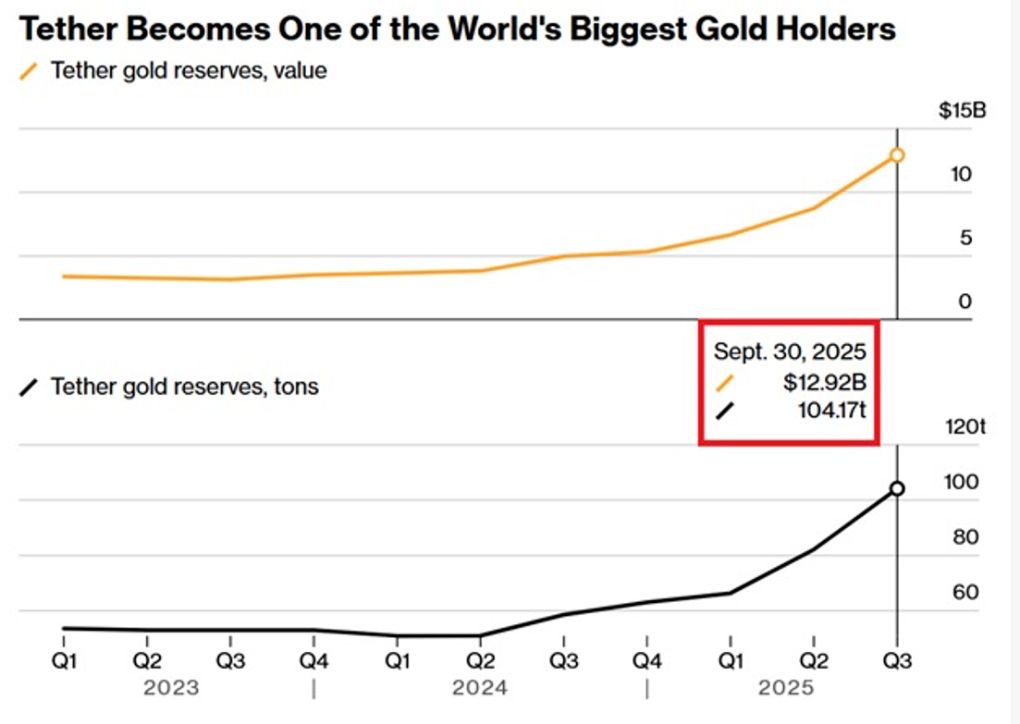What Did Ethereum Builders Discuss at the EthCC Conference in Cannes?
Tokenization, Mobile Experience, and Privacy Infrastructure are frequently mentioned in real-world conversations.
Original Article Title: Hot Topics at EthCC 2025
Original Article Author: David C, Bankless
Original Article Translation: Shaw, Golden Finance
Last week, the annual Ethereum Community Conference (EthCC) in Cannes attracted thousands of attendees, and the scorching Mediterranean weather did not dampen the participants' enthusiasm for the jam-packed agenda.
While discussions around Ethereum, the Ethereum Foundation, and the broader Ethereum community fund are worthy of separate analysis, the most notable signals from this conference came from the surrounding ecosystem — topics such as the tokenization market, mobile experience, and privacy infrastructure were frequently mentioned in conversations at the event.
Privacy: Institutional Premise
Throughout this week, hearing so much discussion about privacy was refreshing. People were not only interested in it from a technical perspective (given the abundance of acronyms such as TEE, FHE, MPC, ZK, among others), but also paid attention to it from a practical, everyday life standpoint. Many of the people I spoke with had previously used consumer-facing privacy applications like ZKP2P and were excited about Aztec's relaunch.
When discussing the future direction of privacy protection, the focus was on incorporating zero-knowledge proofs more widely into everyday on-chain activities and integrating Trusted Execution Environments (TEEs) to enhance security.
Indeed, multi-party computation and fully homomorphic encryption are recognized as top-tier technologies worth pursuing, but it is widely believed that, in their current forms (especially fully homomorphic encryption), they are too complex to be used in practical application environments. However, Coinbase's Yehuda Lindell did introduce their open-source multi-party computation (MPC) library — a move aimed at raising security standards across the industry and addressing the shortage of MPC talent to drive relevant innovations.
In addition to discussing privacy as a key component of our digital age's vulnerability, it is also a necessary condition to attract institutional participation in blockchain.
Paul Brody, EY Global Blockchain Leader, pointed out in his speech that privacy is not a feature that enterprises can opt-out of but is a prerequisite for using blockchain in actual business operations. Coordination rather than computation is the core bottleneck for enterprises. While tokenized workflows and smart contracts can streamline contracts and reduce inventory costs, if sensitive information is leaked, all of this becomes meaningless. Without privacy, no company will move high-value business logic or transactions to the chain. This is especially true for institutions, particularly in traditional stock trading where dark pools are deeply entrenched. We need solutions that allow large participants to go on-chain without having to expose every step of their operations.
Tokenization Market: The Collision of Stocks and Blockchain
While Robinhood's announcement regarding tokenized stocks did indeed attract a lot of attention, I believe BackedFi also deserves credit, as it launched xStocks on the same day, allowing people to buy popular stocks like $SPY, $NVDA, and $TSLA on Solana.
At the EthCC conference, most people still viewed these announcements as stopgaps. Yes, we can trade tokenized Apple stocks, but this is not groundbreaking. The real excitement lies in using them as collateral for borrowing and incorporating them into yield strategies. So, we are currently in an awkward transitional phase—there is progress, but full integration has not been achieved.
However, beyond tokenized stocks, people are generally excited about tokenization, especially concerning commodity tokenization. Given the recent performance of uranium ore, uranium digital assets have been mentioned in multiple discussions, while interest in tokenized gold continues to remain strong.
The pattern here is clear: start with familiar assets to demonstrate the feasibility of the pipeline system, then move into markets where the benefits of blockchain settlement and partial ownership are significantly superior to traditional infrastructure.
Mobile-First
One of the most exciting discussions at this conference came from the experimental wave quietly rising around consumer crypto applications—almost without exception, all these applications are built starting from mobile. Since most wallet activity currently originates from mobile devices, developers (and users) consider product design, user interaction, and native mobile flows from the outset.
The upcoming redesigned version of Coinbase Wallet comes equipped with social dynamic features, which is quite prominent as it not only prioritizes mobile but also integrates mobile-native patterns into the wallet's design.
Interestingly, there is much anticipation for mobile applications to bring convenience to perpetual contract trading on Hyperliquid, especially through apps like Lootbase and Dexari. Robinhood's announcement of its perpetual contract platform further fuels people's enthusiasm. In summary, these applications showcase the endless possibilities that a thumb-first design concept can bring: swift execution, clear visual effects, and a gamified interface.
The EthCC conference solidified what we have seen online: cryptocurrency is no longer endlessly debated in terms of architecture; it is dedicated to addressing coordination, compliance, and consumer-centric design challenges. The question is no longer whether blockchain can support critical real-world applications, but rather how quickly we can make them usable, private, and portable to truly make an impact.
Disclaimer: The content of this article solely reflects the author's opinion and does not represent the platform in any capacity. This article is not intended to serve as a reference for making investment decisions.
You may also like
Digital dollar hoards gold, Tether's vault is astonishing!

The Crypto Bloodbath Stalls: Is a Bottom In?

Can the 40 billion bitcoin taken away by Qian Zhimin be returned to China?
Our core demand is very clear—to return the assets to their rightful owners, that is, to return them to the Chinese victims.

